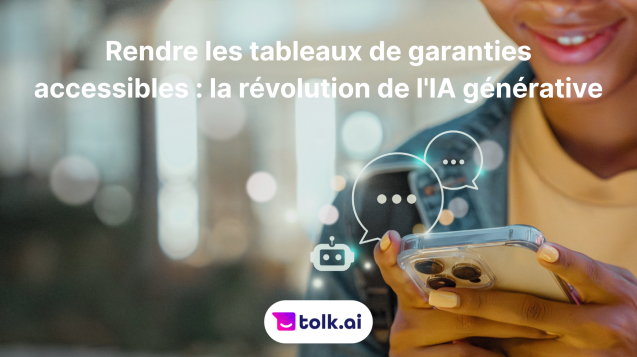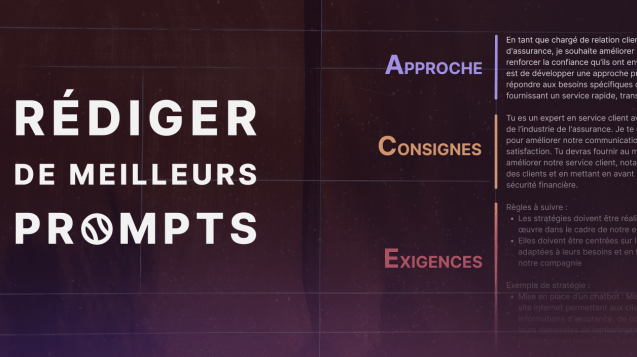Since 2016, the golden age of chatbots, improvements in natural language understanding(NLU) technologies and thepurification of use-cases have given virtual agents a renewed case for mass adoption by businesses and users alike. Customer service automation by Chatbot, also known as an intelligent conversational agent, is becoming the norm for companies seeking to digitalize their customer experience.
2020, described by Forbes asthe year of renewal for conversational agents, is becoming the year of mass adoption of these technologies.
In this context, we give you the keys to understanding what makes chatbots more effective and, above all, profitable.
Chatbot & Customer Service: R.O.I. is King!
Thinking that a conversational interface could suit any use case was a mistake! The proliferation of POCs launched by corporations and startups led to massive disillusionment with the performance of a technology in the making. What followed was a complete rethinking of the usefulness of this kind of tool.
Four years on, we can see that virtual agents are of real interest if they are used to :
- automate the processing of recurring questions from users (customers / employees / customer service agents),
- qualify / route an assistance request to a specific service,
- schedule an assistance request with a human agent,
- solve problems related to connecting to a customer area,
- help users navigate their customer area,
- measure user satisfaction in a specific context,
- capture / qualify / enrich a business opportunity,
- collect information in place of a form.
All these use cases have 3 points in common:
- they can simply be automated,
- they require short, vertical exchanges,
- they do not respond to any form of constraint in their formulation.
However, there's no need to think that chatbots are the solution to all your problems. Exchanges that are too complex, too deep-rooted, requiring strong, dynamic contextualization are - for the moment - ill-suited to the use of a conversational interface.
As a reminder, this is what led early adopters to become disillusioned.
Smart Chatbots at last!
There are two main families of customer service chatbots:
- chatbots capable ofconstrained exchanges, often modeled as static decision trees,
- chatbots capable offreer, more humanized exchanges, using automated natural language processing technologies.
Self-care use cases have brought intelligent virtual agents to the fore. However, the technologies used (NLU or TALN) are very demanding in terms of structured and labeled data. This poses a problem, especially when it comes to training models on the desired skill domain. This requirement generates uncertainty about the virtual agent's performance in the first few months of operation.
At tolk.ai, we've been working on this issue for several years, with the aim of offering the most plug-and-play conversational intelligence possible. The aim is to guarantee bot performance right from the deployment phase, and to keep training, optimization and language model enrichment to a minimum.
One of the key differentiators of our technology lies in our ability to compete with several language analysis and processing models, classified into two main families:
- approach based on machine learning algorithms - NLU,
- approach based on semantic analysis linked to ontologies and dictionaries.
Our Tolk platform incorporates a proprietary technology that decides on the most appropriate model based on performance and context parameters.
This technological innovation improves bot performance by interpreting up to 70% of requests linked to a user's intention, without any initial training.
As a result, our customers can deploy their conversational agents in less than a week, compared with 3 months previously, and achieve good performance without delays.
Guaranteed success!
Business units often set clear, quantifiable objectives:
- improve the quality of customer service, in particular by making it accessible 24/7 and immediately,
- reduce the cost of processing a customer interaction.
In reality, the benefits measured are somewhat at odds with these expectations. The fact is, each channel creates its own audience, and channel canibalization is a rather long and tedious process.
This is based on a change in user habits. It's a benefit based on the value obtained thanks to the new tool/service that motivates this evolution.
This means designing a Chatbot that isn't a copy of your FAQ, but a service designed around users' problems.
Assume that your knowledge bases and FAQs answer only a small proportion (around 40% to 50%) of your customers' actual queries. It's not much, but it's true!
It is therefore imperative to accept the launch of a virtual agent without covering the entire target scope. To face up to this uncertainty, it is imperative to mobilize business departments around the enrichment and creation of new knowledge bases.
ROI objectives can only be achieved by adopting an agile vision. It is often preferable to shorten the agent's design and implementation time, so as to be quickly confronted with user demands. Initiate rapid iteration cycles to focus on real customer requests, and propose relevant, precise and satisfactory responses.
The human plays a key role in the bot's learning process. He uses listening and monitoring tools to accelerate the virtual agent's learning process and increase its overall performance.
Measuring satisfaction and listening for weak signals in the conversation are good indicators of the effectiveness of a virtual agent.
In a nutshell...
Customer Service Chatbots are effective if they are well-designed and well-positioned in your customer journey. Don't expect too much, be pragmatic and agile.
The benefits of using a chatbot can be quickly seen:
- promoting the self-care approach,
- immediate reduction in the number of emails, medium-term reduction in the number of calls,
- measurable economic efficiency (10x cheaper than a human agent)
- scalable.
The key is to have a technology that's easy to implement, tools to identify automation levers, and performance indicators to boost bot performance.



